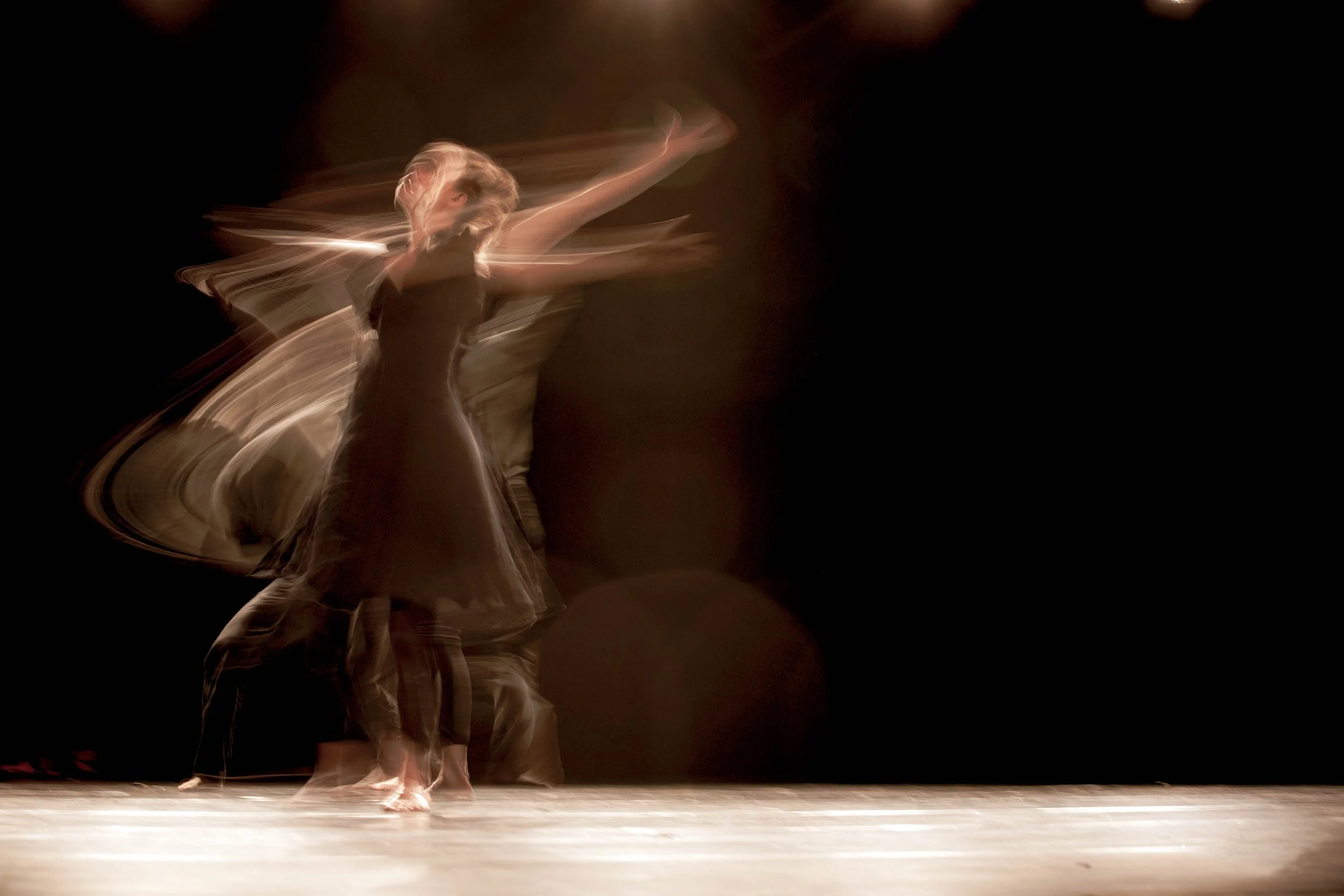Graphic and visual design are not art
The activity of art is based on the capacity of people to infect others with their own emotions and to be infected by the emotions of others. Strong emotions, weak emotions, important emotions or irrelevant emotions, good emotions or bad emotions – if they contaminate the reader, the spectator, or the listener – it attains the function of art. – Leo Tolstoy
You have probably heard people saying that somebody has “an eye for design”, “ability to make things look pretty”, or that “design is art.” Even though art and design overlap, their intention and purpose are different.
If you have never worked with a graphic or visual designer, you may probably think that they are talented creatures who spontaneously come up with creative solutions. Au contraire! They have to go through the design process, including multiple phases, and skipping any of them reflects negatively on the outputs.
Graphic or visual designers’ versatility, approach to work, thinking process and adaptability will give you a great insight into their creativity, or in other words, capability to solve problems and meet your business objectives.
What differentiates artists from designers, or art from design?
1. Art is subjective
If you ask two individuals to describe what they feel when listening to the same song or looking at the same painting, you would probably hear two at least somewhat different interpretations.
2. Art is a form of self-expression
The purpose of art could be to invoke feelings and moods, express a point of view, or evoke certain types of emotion. This can be done through a song, poem, dance, painting, installation etc.
3. Design requires addressing clients’ needs and solving problems
Creativity and competence of designers reflects in their ability to apply design rules while solving problems, and at the same time working within constraints. There are objective methods to assess and critique designs.
As mentioned earlier, design should solve a problem but there is no guarantee it will, as you can see from the Juicy Salif example. You will probably find this design beautiful, but it ended up in the art, rather than design category.
Aesthetics matter, but usability is pivotal!
Image source: (no alterations have been made to the image)
More and more, you can notice similar types of problems with graphic and web design pieces: poorly considered generic templates, design decisions driven by personal aesthetic, existing design modified by unbridled adding of more content and copy.
4. Design is a process
Design is a process - it requires research, observation and iterations.
5. Designers follow rules and work within external constraints in order to meet business objectives: (budget, timeframe, technology, user goals, expectations, accessibility)
6. Artists freely express themselves and can push certain type of aesthetic
7. Design is unanimous
”Good art sends a different message to everyone. Good design sends the same message to everyone.” Primarily, design must solve a problem. It has to be clear, consistent and intuitive. Design shouldn’t require any effort on the client/user end.
8. Design is a skill
It requires design knowledge, business knowledge, technical skills, experience, design thinking, aesthetic…
9. Art is a talent
An artiststic individual would have a talent to spot a nice dress, but wouldn’t necessarily have the capability to design a custom piece that flatters your body type. Yet, there are artists who become designers, but they spend a significant amount of time acquiring the skills.
Conclusion:
Graphic or visual design is not about making things look pretty. It’s about communicating the message in a clear and concise manner by creating and maintaining the balance through imagery and text while using the most suitable fonts, colours, and adequate brand voice.
Design can be successful without being to the personal taste of the designer, as long as it is in accordance with design rules, meets brief requirements and business objectives.
As Dieter Rams said, “good design is invisible” - it streamlines the interaction with the content.





